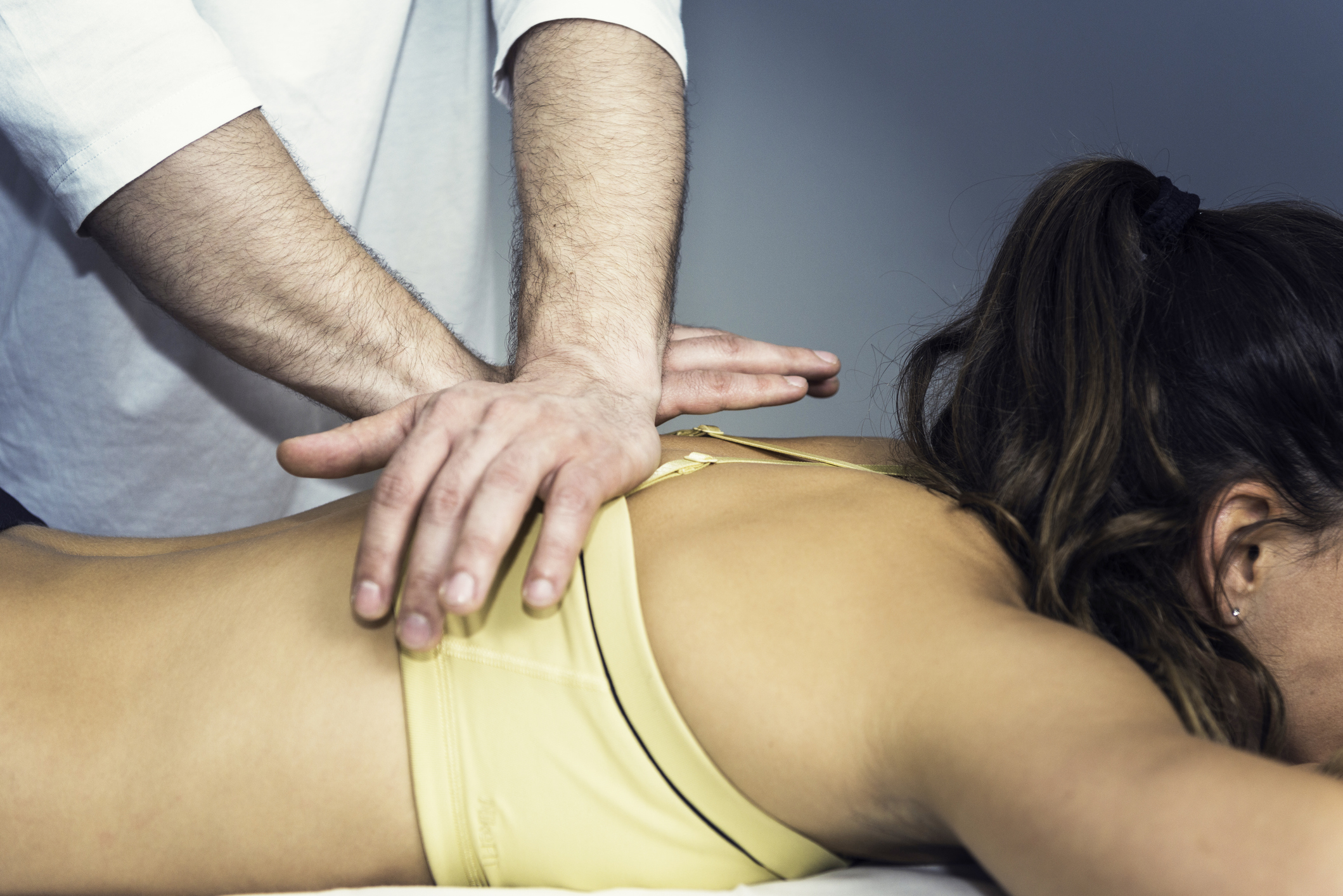Important Information about Osteopathy in Ontario
Nicole and Dennis are regulated healthcare professionals (Registered Kinesiologists) who have received an additional five years of training in manual osteopathic technique at the Canadian College of Osteopathy in Toronto, completed a research thesis on osteopathic palpation, and are members in good standing with the Ontario Association of Osteopathic Manual Practitioners (OAO).
* Please note: Nicole Doyle and Dennis Doyle are not medical doctors.
Manual Osteopathy is Not REgulated in Ontario
It is important for the general public to understand that “osteopathic manual practitioner” is not yet a regulated health profession in Ontario. As such, there are no commonly accepted standards of training or an entrance to practice examination for the profession.
We typically recommend that patients see an osteopathy provider who is a regulated health professional in Ontario and/or has qualified for membership in the Ontario Association of Osteopathic Manual Practitioners (OAO). On the practitioner’s website and business card, you can look for the word “registered” in front of their primary healthcare designation. For example:
Registered Physiotherapist
Registered Massage Therapist
Registered Kinesiologist
Registered Nurse
Registered Occupational Therapist
As a regulated health professional and/or OAO member, your osteopathy provider will be required to meet certain criteria, such as maintaining sufficient professional liability insurance, passing a criminal records check, following a strict code of ethics, and completing continuing education activities. These requirements help to ensure patient safety.
If your practitioner is a regulated healthcare professional, the designation “osteopathic manual practitioner” will not be the only credential on your practitioner’s business card. Their registered health profession credential(s) would be listed first, followed by their osteopathy credential(s). For example:
Jane Doe, PT, Dip.O.M.P., CSCS
Registered Physiotherapist
Osteopathic Manual Practitioner
Certified Strength and Conditioning Specialist
If an osteopathy provider is not a regulated health professional or current OAO member, the onus falls on the patient to ensure the therapist is properly trained, fully insured, and legally eligible to practice as a healthcare provider.
To search a list of qualified osteopathic manual practitioners, visit the Ontario Association of Osteopathic Manual Practitioners (OAO) website, and click on “find a practitioner”.
Osteopathy Training pRograms are not standardized in Ontario
Ontario’s training programs in manual osteopathy are conducted at private colleges, and the standards held at different institutions vary widely. For example:
The Canadian College of Osteopathy requires completion of 4 years of on-campus training courses, followed by a year of supervised clinical days at the college and a clinical research project.
The Canadian Academy of Osteopathy in Hamilton requires completion of 4 years of on-campus training courses.
The Southern Ontario College of Osteopathy in Mississauga requires completion of 3 years of on-campus training courses.
The London College of Osteopathy and Health Sciences in London, Ontario requires completion of a series of 9 distance education modules completed online, followed by 7 days of on-campus training.
Graduates from each of these private colleges use the title osteopathic manual practitioner, but the level of training provided to students will differ between programs. When choosing a practitioner, the patient should note which private college their therapist attended, how many years they spent studying osteopathy, and whether they received their training on-campus directly from qualified instructors, or through online courses.
* It is important to note that osteopathy credentials granted by certain training programs may not be recognized by group insurance companies. Treatment receipts issued by graduates from those programs would not be eligible for reimbursement under your group health insurance policy, resulting in the denial of your claim.
To search a list of osteopathic manual practitioners recognized by group insurance providers in Ontario, visit the Ontario Association of Osteopathic Manual Practitioners (OAO) website, and click on find a practitioner.
Osteopathic Manual Practitioners are not medical doctors
In Canada, there are two types of osteopathy provider. Firstly, there are osteopathic physicians, also known as doctors of osteopathy (D.O.), who can practice the entire scope of modern medicine. Secondly, there are osteopathic manual practitioners (Dip.O.M.P.), who do not hold the title of doctor or practice medicine, but are trained in osteopathic manual technique.
Osteopaths or osteopathic physicians (D.O.) are doctors who have graduated from osteopathic medical school in the United States. They are eligible to register with the College of Physicians and Surgeons of Ontario, and can serve as your primary care physician, prescribe medications, and even perform surgeries. Very few osteopathic physicians currently practice medicine in Canada. As of 2011, only about 20 doctors of osteopathy were registered to practice across the country.
In contrast, osteopathic manual practitioners (Dip.O.M.P.) are not licensed to practice medicine. They do not provide a medical diagnosis of your condition or prescribe medication. Their training focuses on osteopathic mobilization of the joints and tissues of the body. Osteopathic manual practitioners focus their efforts on improving the patient’s mobility and circulation, relieving pain and improving overall function of the body. Typically, they are dependent on your family physician or medical specialist to provide a medical diagnosis of your condition, and to order medical imaging and tests.
There are approximately 450 osteopathic manual practitioners who have met the requirements for membership with the Ontario Association of Osteopathic Manual Practitioners (OAO). However, there are additional practitioners in this province who do not have the required level of training to join the provincial association, but have received some osteopathic instruction and identify themselves as osteopathic practitioners.





